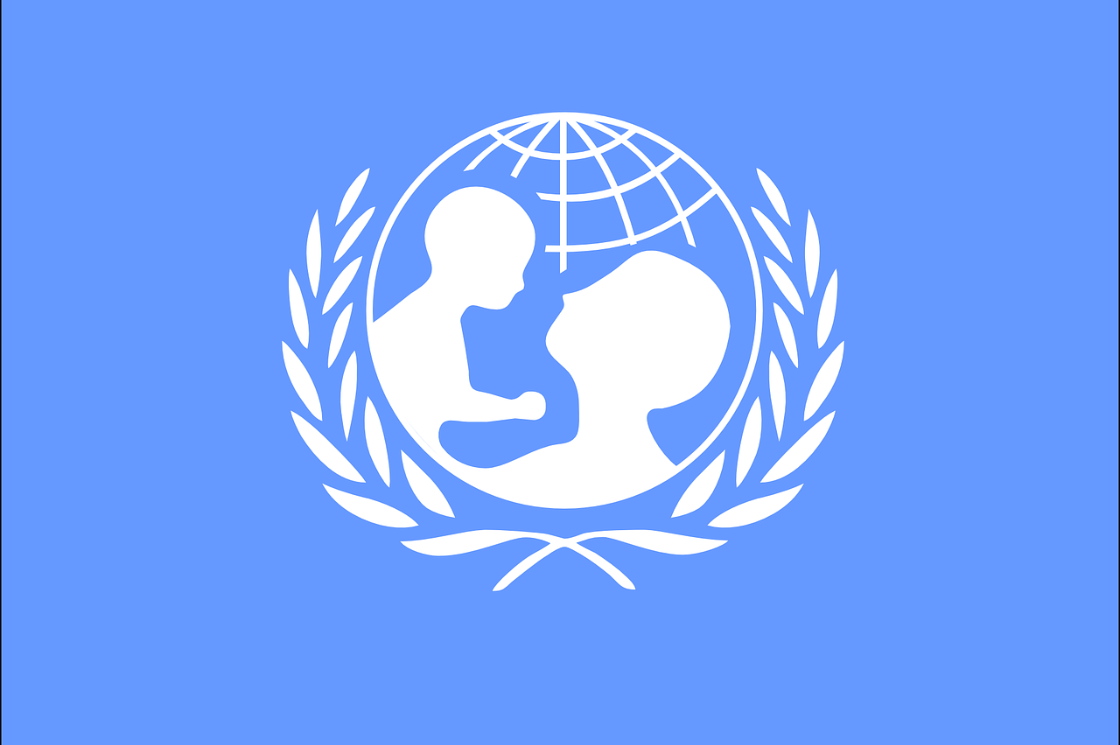
(Photo : Pixaby)
India is expected to have 350 million children by 2050, making up 15% of the global child population, according to UNICEF's State of the World's Children 2024 report, released on November 20 in observance of World Children's Day.
Although this marks a decrease of 106 million from current numbers, it underscores the urgency for addressing emerging challenges.
The report highlights three major trends-demographic changes, climate and environmental impacts, and advancements in frontier technologies-that are poised to reshape children's futures, rights, and opportunities by 2050.
Cynthia McCaffrey, Unicef India Representative, emphasised the urgency of addressing these trends: "Decisions made today will shape the world our children inherit in 2050. Collectively, we have the opportunity and responsibility to build a prosperous and sustainable future for all children."
"Placing children and their rights at the centre, in all strategies, policies and actions is the way forward," she added.
According to the UNICEF report these are the major challenges that the children are likely to face in the future:
Climate Crisis:
The report indicates that Indian children will face eight times more exposure to extreme heatwaves by 2050 compared to the early 2000s. Extreme weather, air pollution, and floods are expected to disproportionately impact rural and low-income communities.
"Children are vulnerable to direct and indirect impacts of climate change. By involving them as active agents of change, we can address these challenges collectively," said Suruchi Bhadwal of TERI.
India ranks 26th in the Children's Climate Risk Index (CCRI) as of 2021, highlighting the vulnerabilities of its children to extreme heat, floods, droughts, and air pollution.
The call to take urgent action is clear. The government needs to implement strategies that help mitigate the climate crisis for future generations.
Frontier Technologies: A Boon or Bane?
"Frontier Technologies like Artificial Intelligence offer both promise and peril for children, who are already interacting with AI embedded in apps, toys, virtual assistants, games, and learning software. But the digital divide remains stark.
In 2024, over 95 per cent of people in high-income countries are connected to the internet, compared to nearly 26 per cent in low-income countries," the report stated.
The report highlights the importance of ensuring that digital advancements are inclusive and equitable, to guarantee that all children can access technology safely. This includes addressing the digital divide, particularly in low-income and rural areas, to provide every child with the opportunity to benefit from digital tools and resources.
To mitigate these challenges, the report highlighted key priorities to shape India's future:
- Investing in education, services, and sustainable and resilient cities for children.
- Expanding climate resilience in infrastructure, technology, essential services and social support systems.
- Delivering connectivity and safe technology design for all children.
Despite these challenges, McCaffrey is optimistic of India. She expressed her optimism to India's policies. She said: "India has a very comprehensive and thoughtful policies that give a framework at both the national and the state level, and you have a very dynamic young population which is engaging in how to be part of the solution and part of the decisions that are made. I'm optimistic."
Since the report was launched coinciding with World Children's Day, iconic monuments across the country, including those in New Delhi, lit up blue in support of child rights. The Rashtrapati Bhavan, India Gate, Parliament House, North and South Blocks of Raisina Hill, Qutub Minar, and UN Offices illuminated in solidarity #ForEveryChild on World Children's Day. #GoBlue highlights the importance of inclusion, equality, and non-discrimination, reinforcing the commitment to a brighter future for every child.









